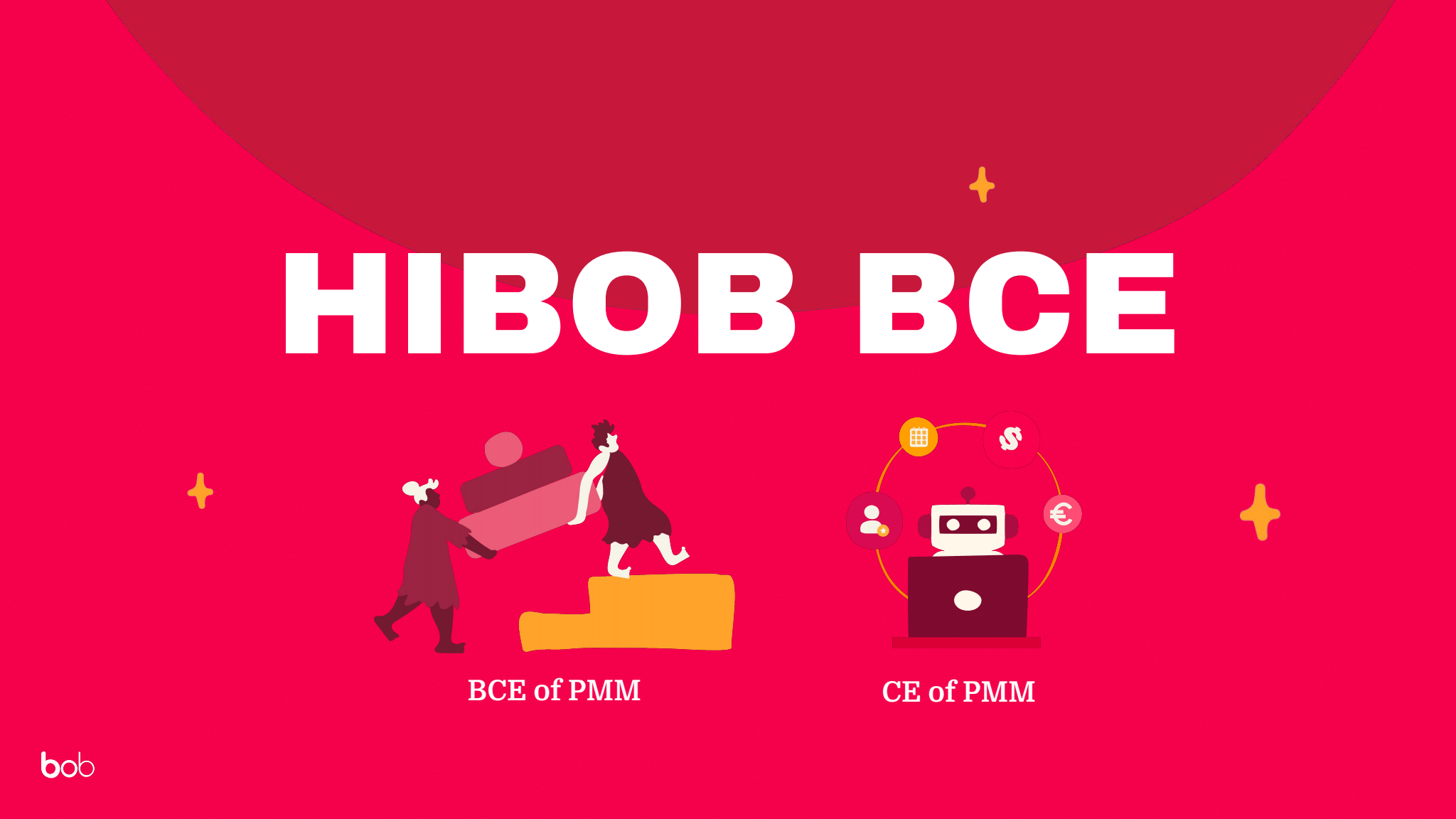Hi there! I’m Karen Sheffer, the Director of Product Marketing at HiBob. Today I'll be sharing how product marketing helps accelerate growth in organizations. I'll also equip you with some real-life strategies that you can use to scale product marketing for internal and external success, based on actual events that happened at HiBob.
Moving HiBob from the BCE of PMM to the CE of PMM
I joined HiBob four years ago, when we were a product- and tech-heavy organization of only 60 people. From a product marketing perspective, it felt prehistoric!

Product managers planned features, developers built features, and product managers even wrote help articles in Hebrew-ish (a fun mash-up of Hebrew and English). It was not pretty. How could customers learn about new features if product managers were the only ones working on them? My challenge was to bring HiBob into the modern age of product marketing.

So, let's talk about how I tackled bringing product marketing into this product- and tech-heavy organization. I felt like that white bear on the right – all of our products and features were going into this deep freezer, and you couldn't get at them even if you wanted to. I had to become that frazzled brown bear, frantically getting them out.
So how did we make this happen? How did we get the features flying off the proverbial shelves? Let me show you.
Step one: Establishing processes
As anyone who knows me will tell you, I love a process. The first thing I tackled was the priority matrix. You may already be familiar with the standard product marketing priority matrix. It's pretty common, and hopefully, you use some version of it. However, I felt that the standard matrix wasn't a perfect fit for our objectives at HiBob. So, I took it upon myself to create a version that suits us better.
Next on my agenda was integrating product marketing fields into our roadmap planning board. This tweak provided a simple and easy-to-navigate platform for us to manage critical pieces of information for every feature we were developing.
Then, of course, who doesn’t love a launch template? I built one out with the goal of streamlining the planning and execution process so we wouldn’t have to start from scratch for every product launch.
Lastly, I took the liberty of clearly defining roles and responsibilities. Until this point, product managers were operating independently, calling all the shots, and pushing features for the developers to execute. It was time for me to get all up in their business. To avoid any confusion, I made it crystal clear what my job entailed and what their duties were. This step was crucial in ensuring that everyone was on the same page.
Step two: Education
Having laid the groundwork, I then focused on making the priority matrix more understandable. I added simple language descriptions for each quadrant, explaining what they mean.
To make the concepts more relatable, I used recent feature releases as tangible examples. This way, the team could see how I would map these items onto the matrix and how it would influence our decisions and launch activities.
Another essential part of this process was ensuring everyone knows what's in it for them. Otherwise, why should they join us on this journey? Why put in the extra effort or disrupt their existing work cycles? I had to show them the added value of this change and how it would help them achieve their ultimate goal – adoption.
Finally, I had to bring all this together and show our product teams the bigger picture. I presented what the new processes would look like from start to finish, so everyone understood how these changes would contribute to the ultimate value they were looking for.
Step three: Go!
At first, everything seemed to go as planned. The product managers, developers, and I would go through the features they were working on, step by step. We had fun along the way as well. Our developers have a Slack channel where they share and celebrate every feature release. I got to join this exciting ritual and share in their joy.
However, the surprises soon started rolling in. There were surprise releases, which either the PMs weren't aware of or hadn't approved. At other times, a release went live without the PM consulting me. These scenarios underscored the need for stricter control measures.
A separate issue that popped up was our lack of support coverage over weekends. And, of course, every new release carries the potential risk of support tickets. Unfortunately, we hadn't thought about this, so we had some hard lessons to learn.
Step four: Optimization
The silver lining of all these hiccups was that they allowed us to optimize our processes.
We understood the need for a formal cadence between the PMs and myself to review every single line item of the product roadmap. This way, nothing falls through the cracks. At first, a monthly meeting was sufficient, but as the organization and the number of PMMs grew, we shifted to bi-weekly and then weekly meetings.


 Follow us on LinkedIn
Follow us on LinkedIn
